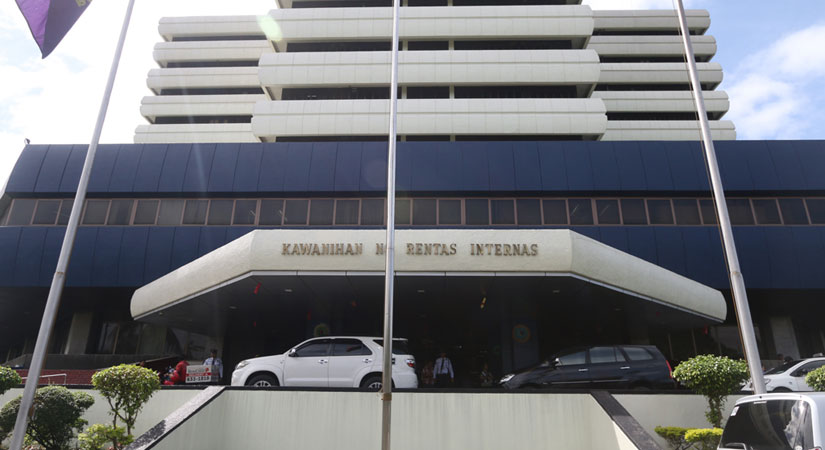
THE Bureau of Internal Revenue (BIR) will now issue a notice of discrepancy to inform taxpayers of their tax deficiencies as part of an audit, replacing the notice of informal conference (NIC).
BIR Commissioner Caesar R. Dulay issued Revenue Regulations (RR) No. 22-2020 dated Sept. 15 amending a provision of RR No. 12-1999 to replace the old notice with the notice of discrepancy to speed up the assessment process.
“No difference, (we) changed the name to be more appropriate because during the informal conference, what happens really is a discussion of findings of discrepancies. So it’s more appropriate to refer to it as notice of discrepancy,” BIR Deputy Commissioner Marissa O. Cabreros said in a text message on Friday.
As part of the agency’s audit process, a BIR officer records the tax discrepancies of a taxpayer in the initial investigation report.
The notice of discrepancy will be sent to a taxpayer that was found to have tax deficiencies, giving them a chance to explain the discrepancy in their tax returns within five up to 30 days from receipt of the notice. This process is called “discussion of discrepancy.”
“lf the taxpayer disagrees with the discrepancy/discrepancies detected during the audit/investigation, the taxpayer must present an explanation and provide documents to support his explanation,” the BIR said.
Ma. Lourdes Politado-Aclan, a director from the Tax Advisory & Compliance division of P&A Grant Thornton, said the BIR should fully evaluate the taxpayer’s records before the notice of discrepancy is issued.
“We hope that the BIR has fully evaluated the taxpayer’s records prior to the issuance of the notice so that the notice will only include the real possible tax exposure of the taxpayer. Otherwise, the initial five-day period to present which shall not extend beyond 30 days will be too short for the taxpayers,” she said in a text message on Thursday.
Ms. Cabreros said the maximum discussion period of up to 30 days is long enough for taxpayers to explain their side.
“Thirty days is quite long, besides taxpayers are in the best position to explain the discrepancies as the data came from their own documents/books/records,” she said in a text message on Sunday.
Ms. Cabreros noted taxpayers can request for an extension, but this will be evaluated based on the merits “to force speeding up disposition of cases.”
However, a taxpayer would be issued a preliminary assessment notice if the BIR does not accept the taxpayer’s explanation and he failed to settle the tax deficiencies.
The preliminary assessment notice can also be issued if the taxpayer does not agree with the results. It will be issued 10 days after the discussions have concluded, upon endorsement of the investigating BIR officer.
The new regulation will take effect on Oct. 1 or 15 days after it was published on Sept. 17
The issuance of notice of discrepancy was reinstated in 2018 after it was removed from the BIR’s audit process in 2013.
When the issuance of the notice of informal conference was removed from the assessment process, taxpayers would receive the preliminary assessment notice immediately after BIR officers found enough basis to audit them for tax deficiencies. — Beatrice M. Laforga
